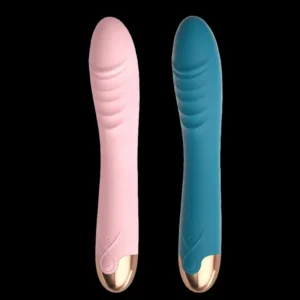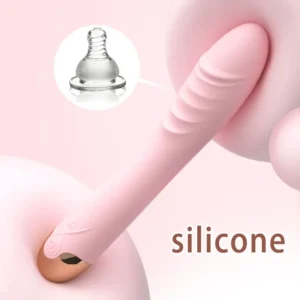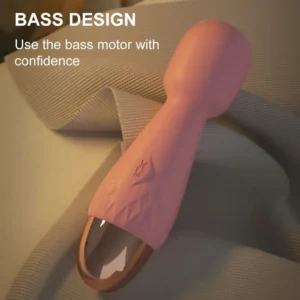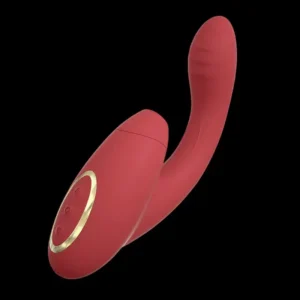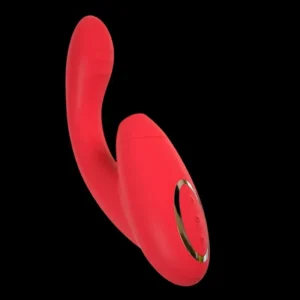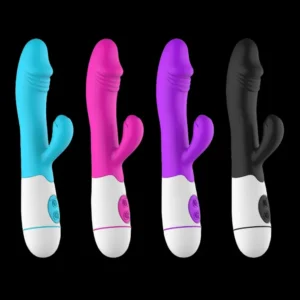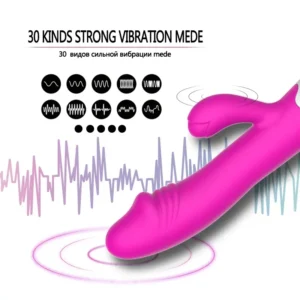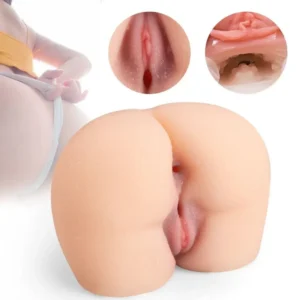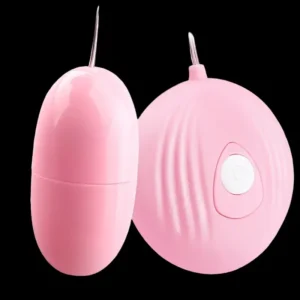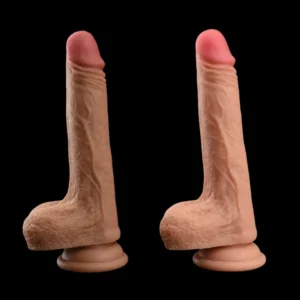How to Choose a Basque, Bustier, or Corset
Basques, bustiers, and corsets are great for creating an hourglass shape - but what's the difference?
This guide covers everything you need to know, from measuring yourself to styling a corset, understanding what a basque is, and everything in between. Definitions for basques, corsets, and bustiers can vary between brands, so we’re here to clarify Lovehoney’s breakdown of bustiers vs. corsets vs. basques.
Any garment with lacing down the back or an hourglass shape is often called a corset, which can be confusing when you’re trying to decide what to buy and how to measure yourself. So, what sets these garments apart, and how does that affect how you wear them?

What is a Basque?
A basque is an undergarment that resembles a corset but features cups for the breasts. While a corset is designed to cinch the waist using rigid boning, a basque typically uses softer plastic boning and focuses more on comfort and support. Unlike a corset, a basque won’t significantly reduce your waistline.
How is a Basque Measured?
Basques are measured in clothing sizes or bra sizes. Think of it as a longer version of a bra or a more supportive camisole. To measure for a basque, follow these steps:
- Measure Your Bust or Underbust: If the size is listed in inches, use your underbust measurement (the same one you’d use for a bra).
- Check Size Charts: Compare your measurements to the S/M/L charts provided by the brand to ensure you get the right fit.
How to Wear Basques for Larger Busts?
Basques are particularly great for those with larger busts, as they offer excellent support and enhance your natural curves. Here’s how to make the most of them:
- Padded Underwire Cups: These lift and shape your bust, providing a flattering silhouette.
- Longline Material: The extended material around the waist creates a stunning hourglass shape.
- Flexible Boning and Soft Panels: Many basques feature flexible plastic boning and soft material panels that add structure without being too constricting. This creates a beautiful, comfortable fit.
iDear’s basques for fuller figures are designed to highlight your natural beauty while providing the support you need.
iDear has a huge range of basques for plus size bodies like this gorgeous red number.
What is a Bustier?
(Pronounced: boo-stee-ay)
A bustier is a shorter garment that resembles a corset but can be worn as a top, over a dress, or as an undergarment. It may feature plastic boning or a steel front busk, but unlike a corset, it won’t reduce your waist or significantly change your shape. The main difference between a corset and a bustier is that a bustier is more like a longline bra in shape. It smooths the upper part of your torso without restricting movement.

How is a Bustier Measured?
Bustiers are typically measured in clothing sizes, but it’s essential to refer to the size chart provided by the manufacturer, as sizing can vary widely between brands. To measure yourself for a bustier, take your bust, waist, and hip measurements and compare them to the size chart for your chosen garment. Remember, bustiers are not designed to reduce your waist, so choose a size that fits your natural measurements.
If a bustier is sized at 34” (bust) / 26” (waist) / 34” (hips) and you measure 36” / 27” / 36”, you can still wear it if it has back lacing. You’ll need to leave a 2-inch gap at the top and bottom of the lace-up panel and a 1-inch gap at the waist. If your bustier has hooks and eyes, contact Customer Care to ensure they can provide enough extra width to fit you properly. Always provide your measurements to get the best advice.
Bustiers are not as durable as corsets and should be treated as non-stretch garments. Forcing them to fit over larger measurements can damage the material or break the garment.
How to Wear a Bustier?
A bustier can be worn as underwear or outerwear, adding a touch of sophistication and allure to any outfit. Whether you pair it with matching panties or denim jeans, a bustier can elevate your look. Since bustiers often lift the bust, you can embrace the lift by showing off your décolletage or layer it under a dress shirt for more coverage.
What is a Corset?
A corset is a form-shaping garment that incorporates metal bones (and sometimes plastic like in the corset below). It can be worn as a top or an undergarment. Corsets are measured in inches, which indicates the waist measurement when the corset is fully closed. They are designed to improve posture, reduce the waist, and sometimes enhance the bust.

How is a Corset Measured?
A corset is measured in inches based on the waist measurement. If a corset is labeled as size 26, the waist of the corset will measure 26 inches when fully closed. Since corsets are designed to cinch the waist, you should choose a size that is smaller than your natural waist measurement.
How to Buy a CorsetCorsets
are measured in inches, and the sizes (e.g., 28, 30) refer to the waist measurement when the corset is fully closed. To find the right size, start by measuring your natural waist—the smallest part of your torso, directly under the ribs.
As a first-time corset wearer, your body won’t be used to being cinched, so it’s wise not to try to reduce your waist too drastically at first. The amount you can reduce your waist depends on your “squish factor”—how easily your waist can be compressed.
To gauge this, use a tape measure around your natural waist. Gently tighten it to see how much smaller you can make the measurement. If you can easily reduce your waist by 4 inches or more, you might be able to handle a more significant reduction. If it’s difficult to reduce by more than 4 inches, start with a smaller reduction.
General Rule: Your first waist-reducing corset should be 4 to 6 inches smaller than your natural waist. The more easily your waist compresses, the more reduction you can likely achieve.
Example: If your natural waist is 28 inches:
- If you can easily reduce your waist by 4 inches or more with a tape measure, choose a corset that is more than 4 inches smaller than your waist. For example, a 22-inch corset would be a good starting point.
- If reducing your waist is difficult or you can only compress it by less than 4 inches, choose a corset that is 4 inches smaller (e.g., a 24-inch corset). This will be more comfortable as your body adjusts to the new shape.
How to Wear a Corset
One of the biggest mistakes people make when trying on a corset for the first time is attempting to do it alone. If you’re not used to lacing yourself in, you might end up in a tangled mess and could even damage the corset. If you’ve never worn a corset before, watch a tutorial video carefully to ensure you know what you’re doing before you start.

What to Wear with a Corset
Corsets are a key part of the “underwear as outerwear” trend, so knowing how to style them can add a cool, edgy touch to your wardrobe. You can layer a corset with almost any type of clothing to cinch your waist. Pair it with a slinky slip dress and heels for a glamorous look, or dress it down with a plain white T-shirt and jeans for a casual yet stylish vibe.
A-Z of CorsetsWhen buying a corset, you’ll encounter several terms. Familiarize yourself with these to ensure you choose the perfect corset:
- Busk: The front fastening of a corset, featuring large hook-and-eye closures. It’s usually made of metal and, in high-quality corsets, stays firmly closed without revealing any skin underneath.
- Steel Boning: Thin metal strips sewn into vertical pockets in the corset. Steel boning shapes the body and is responsible for the waist-reducing effect.
- Plastic Boning: Strips of plastic sewn into vertical pockets in basques, bustiers, corset dresses, and some suspender belts. Plastic boning is more flexible than steel and won’t create an hourglass figure, but it provides a firm shape that looks great on and off the body.
- Modesty Panel: A piece of fabric sewn into the inside of the corset near the lace-up back section. It lies flat against the body to prevent skin from showing but can be folded over if you want to reveal some skin.
- Eyelets: The metal rings through which the lacing is threaded.
Our top Sexy Lingerie recommendations
10 frequency vibrator
10 Modes Mini Vibrator
¥29.90 – ¥31.9010 Speed Clit Sucker
¥31.90 – ¥33.902 In 1 Sucking Vibrator
20 Speed Powerful Vibrating Egg
3 In 1 Dildo Rabbit Vibrator
¥39.90 – ¥51.9030 Speed G Spot Rabbit Vibrator
3D Vagina Male Nasturbators
7 Modes G Spot Vibrator Egg
7.48″ Inches Lifelike Silicone Dildo
More Sexy Lingerie advice
How to Choose Lingerie for Your Body Shape
Beginner's Guide to Corsets
How To Care For Lingerie
More Sexual Happiness Advice
Sex Toy Advice
With so many great sex toys to choose from, our toy guides help you narrow down the best toys for you and how to make the most of them once you find the one that's right for you
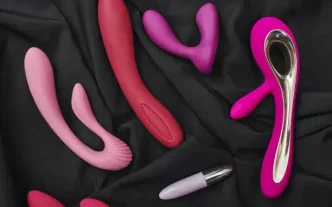
Better Sex Advice
Give your sexual happiness a boost and discover ways to make your sex life more fulfilling with our guides for improving your sex skills.
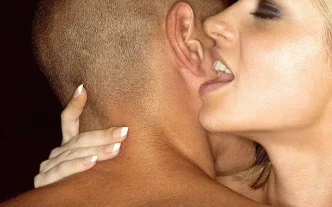
Sexual Health & Wellness
Advice
Expert advice on how to address common sexual health concerns and boost your sexual wellness.
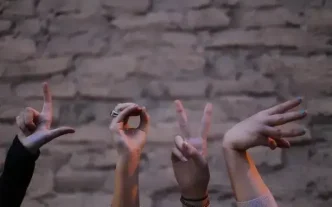
Bondage Advice
Advice on everything from starting out with a little tie-and-tease play to dialling up your kinkiness to 10

Lubes & Sex Essentials Advice
Covering everything from choosing the right lube to cleaning and storing your toys
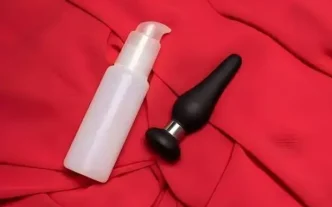
Lingerie Advice
Advice on everything from choosing the right style for your body shape to finding the right Dear size





